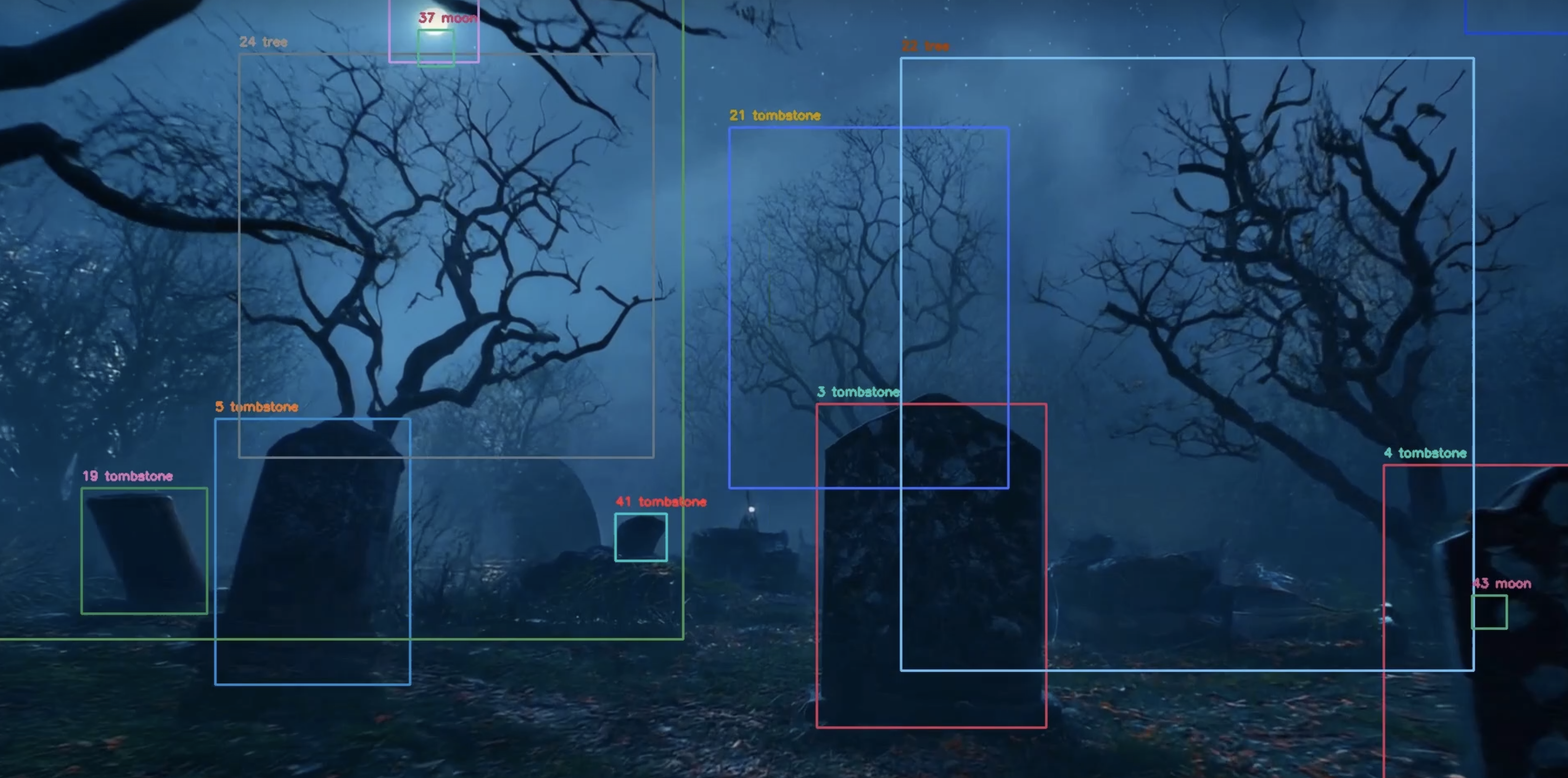Computer vision shouldn’t be limited to large organizations with teams of specialized ML and computer vision engineers. For many, building a production-grade vision AI application feels out of reach. Most proprietary AI platforms charge per model, user, or deployment—costs that escalate rapidly as you scale. Ambiguous pricing structures can slow adoption. Instead of experimenting freely, teams are forced to limit usage and progress, causing vision projects to stall before reaching production.
This is just one of the many reasons open source continues to drive progress across the industry. Beyond the freedom from expensive licensing, open source empowers teams to adapt faster, customize their workflows, and stay in control of their technology.
Top 8 Reasons to Choose Open Source
1. Cost Effective
Open source software is typically free or offered at a much lower cost, from potential maintenance and customization fees, than proprietary alternatives, since they’re accessible to everyone. This means organizations save on licensing, subscription, and integration fees, which are especially valuable for teams where multiple employees require access but they may not want to execute on an enterprise-level solution (yet).
2. Transparent
Open source software operates under a “what you see is what you get” framework. You can inspect the code to see exactly how it works. In computer vision, this means you can verify exactly how an object detection model processes inputs, making it easier to identify biases or errors in outputs. This builds trust and reduces dependency on vendors who might otherwise control what happens behind the scenes.
3. Flexible
With open source, you can customize the code to meet your specific needs. Whether it's tweaking a feature or customizing a workflow, like automatic license plate detection or OCR for scanned images, you can make it happen. This flexibility ensures your solution can scale from prototype to production with ease.
4. Community Development
Since the code is publicly accessible, open source projects benefit from contributions by a global community of developers. This collaborative approach encourages feedback from others, from fixing bugs to contributing new ideas, creating a global support network.
→ OpenFilter has a growing community for building and running vision workloads in modular image/video processing pipelines. Want to get involved? Check out the contributor roadmap for ideas that need your help.
5. Security
Since open source benefits from a collaborative approach with more eyes on the code, threats can be identified faster than in proprietary software. In computer vision, teams can audit how models handle sensitive data like facial recognition, reducing risk and ensuring compliance with privacy standards.
6. Unrestricted Use
Open source gives you full control over how and where you build. You can prototype a vision project on your own hardware, then scale across GPUs, clouds, or edge devices, all without being tied to a single vendor’s pricing, APIs, or ecosystem. This lets you choose the best tools and infrastructure for every stage of your project.
7. No Vendor Lock-In
Open source software reduces reliance on a single vendor and isn't tied to a single company’s success. You’re free from licensing restrictions, forced upgrades, giving you the freedom to modify or maintain the software if needed. This independence can be critical for long-term planning as this ensures that critical tools remain available for years.
8. Adaptability
Open source fosters experimentation and rapid iteration. Developers can build on existing tools, test new ideas, and push the limits of computer vision technology faster than proprietary platforms allow. For instance, open computer vision libraries enable researchers to prototype object detection in days rather than months.
Conclusion
Open source applications give teams the freedom to experiment, adapt, and grow without being confined by high costs or vendor lock-in. In a world where technology evolves rapidly, open source provides the agility to innovate faster, collaborate globally, and scale solutions on your own terms. Open source is ideal for organizations looking to push the boundaries of what’s possible in computer vision.
OpenFilter
OpenFilter brings the best of open source together including OpenCV, PyTorch, RTSP, and more, into one simple, flexible framework. With Filters, you can combine machine learning models and code to build and deploy vision apps in minutes, not weeks.
Whether you’re a researcher, developer, or product team, OpenFilter’s Apache 2.0 license and Python-based integrations make it easy to experiment, extend, and deploy.
Want to see existing Filters? Explore our OpenFilter Hub.
Q&A
1. How do I know if open source computer vision tools are right for my team?
If you want control over your tech stack, predictable costs, and the ability to experiment quickly, open source is a strong fit. Teams with at least some technical expertise benefit most, but OpenFilter includes user-friendly interfaces and prebuilt components for faster development.
2. Can I combine open source and proprietary tools in the same workflow?
Absolutely. Many organizations use open source for experimentation and pair it with commercial tools like the Plainsight Platform for deployment or analytics. OpenFilter’s modular design supports this as you can integrate open models, APIs, or paid cloud services without being locked into one ecosystem.
3. What skills or setup do I need to start using open source computer vision tools?
Most open source vision frameworks use Python or C++, so familiarity with it helps. You’ll also need a basic understanding of computer vision concepts like image preprocessing, object detection, and model inference. Softwares like OpenFilter make this easier by providing ready-to-use templates and pipelines.
You May Also Like
These Related Stories

ChatTag: Bringing ChatGPT Vision to Image Annotation in OpenFilter
.png)
AI Agents Meet Computer Vision: Coding Smarter with Plainsight’s MCP Server
.png)
No Comments Yet
Let us know what you think